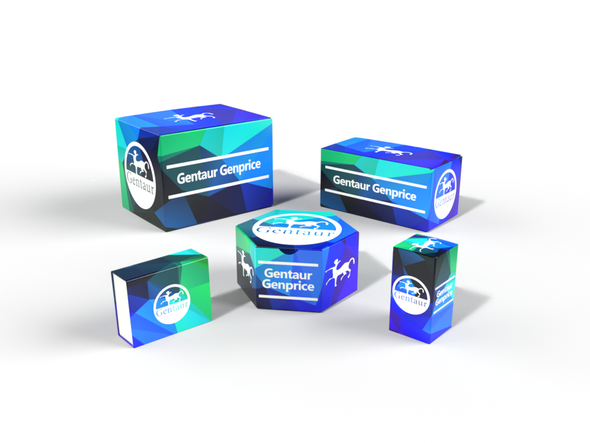827
Mouse Anti-Staphylococcus Aureus Enterotoxin A Antibody (H10)
- SKU:
- 827-LGC-MAB12245-GEN
- Availability:
- IN STOCK
Description
MOUSE ANTI-STAPHYLOCOCCUS AUREUS ENTEROTOXIN A ANTIBODY (H10)
Mouse anti Staphylococcus aureus enterotoxin A antibody (clone H10) recognises virulence factor enterotoxin type A. The antibody is suitable for use in ELISA and Western blotting applications.This antibody can be used as a capture antibody with clone C4 (MAB12243) in ELISA assays.
PRODUCT DETAILS – MOUSE ANTI-STAPHYLOCOCCUS AUREUS ENTEROTOXIN A ANTIBODY (H10)
- Mouse anti-Staphylococcus aureus enterotoxin A monoclonal IgG2b antibody (clone H10).
- Greater than 95% purity by SDS-PAGE and buffered in PBS, pH7.4.
BACKGROUND
Staphylococcus aureus (S. aureus) is a gram-positive, non-spore forming bacterium that is a member of the genus Staphylococcus, belonging to the family Staphylococcaceae. First recognised in 1880, S. aureus exists in many individuals as part of the normal microbiota, inhabiting the skin, nasal passages and respiratory tract.
Pathogenic S. aureus secrete a range of potent toxins, which are a major cause of a wide range of infectious conditions in humans worldwide. Enterotoxins, produced by S. aureus, are recognised virulence factors which are a major cause of food poisoning. The toxins are heat stable, resistant to proteolysis and affect the epithelium of the digestive tract. Over 30 enterotoxins have been identified to date.
Staphylococcus aureus enterotoxin A (SEA) has reported emetic activity and acts as a bacterial superantigen, stimulating T lymphocytes and other cells of the immune system. The SEA protein possesses domains that interact with T cell receptors (TCR) molecules and major histocompatibility complex type II (MHC II) molecules on antigen presenting cells (Argudin, MA).
SEA is a major cause of food borne infection causing food poisoning. The clinical symptoms of SEA intoxication include fever, myalgia, vomiting, diarrhoea, headaches and in some cases shock. Currently there is no specific treatment for SEA mediated disease or shock. The condition is often self-limiting but support with hydration is often required. Currently, no licensed vaccine or antitoxin has been successfully developed (Ortega E).
REFERENCES
- Argudín MÁ, Mendoza MC, Rodicio MR. 2010. Food poisoning and Staphylococcus aureus enterotoxins. Toxins (Basel). 2010 Jul;2(7):1751-73.
- Ortega E, Abriouel H, Lucas R, Gálvez A. 2010. Multiple roles of Staphylococcus aureus enterotoxins: pathogenicity, superantigenic activity, and correlation to antibiotic resistance. Toxins (Basel). Aug;2(8):2117-31.






